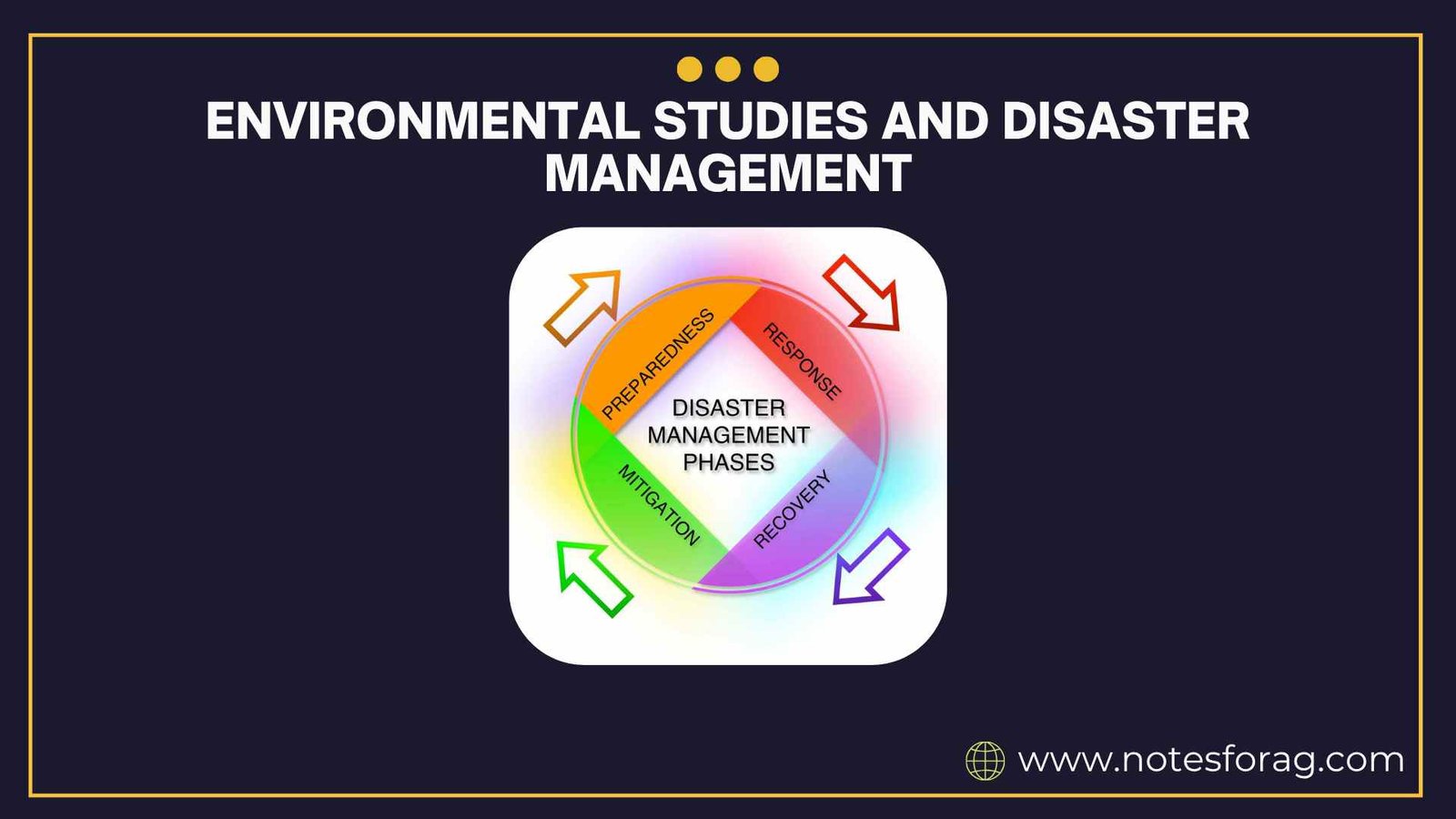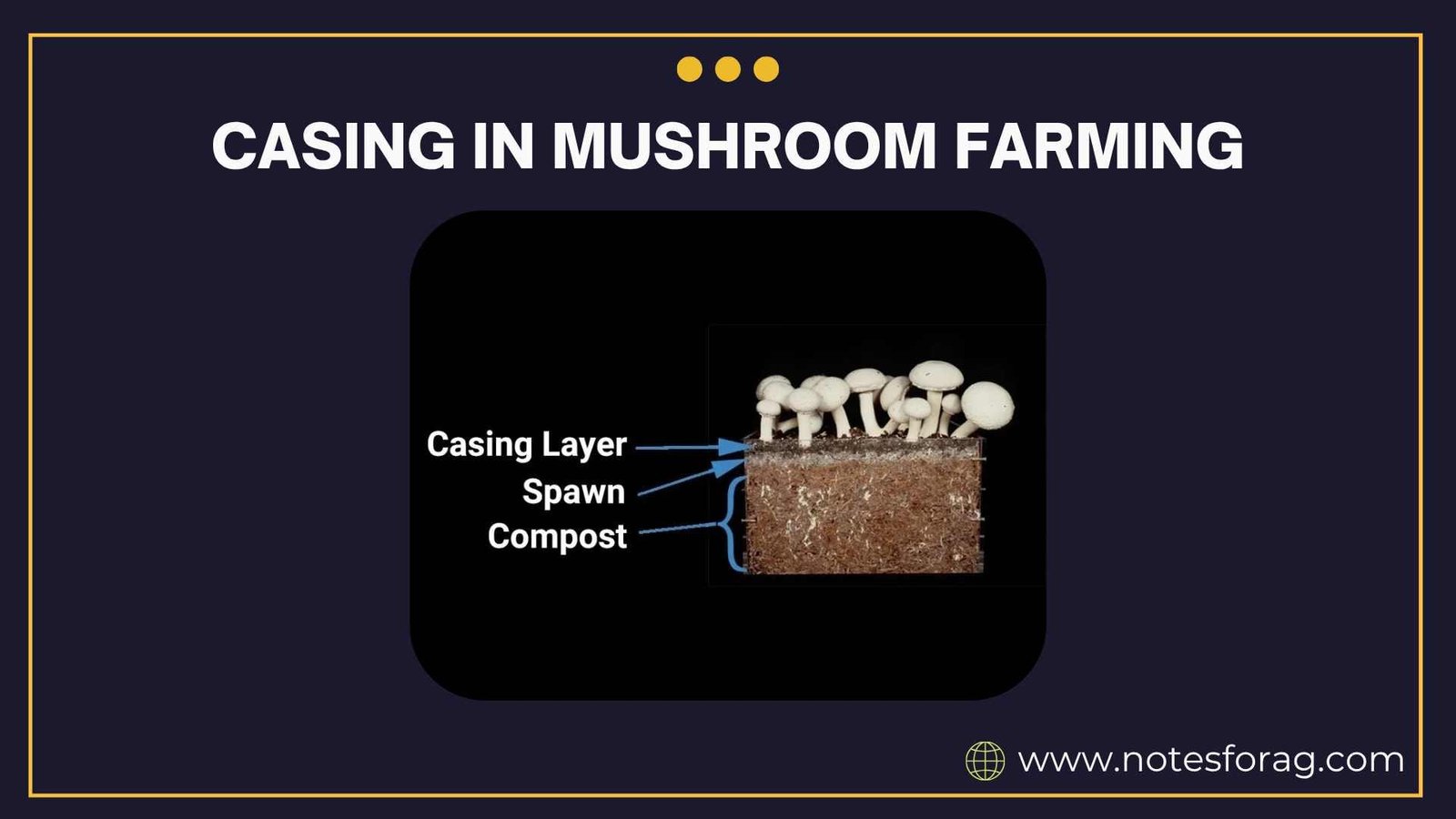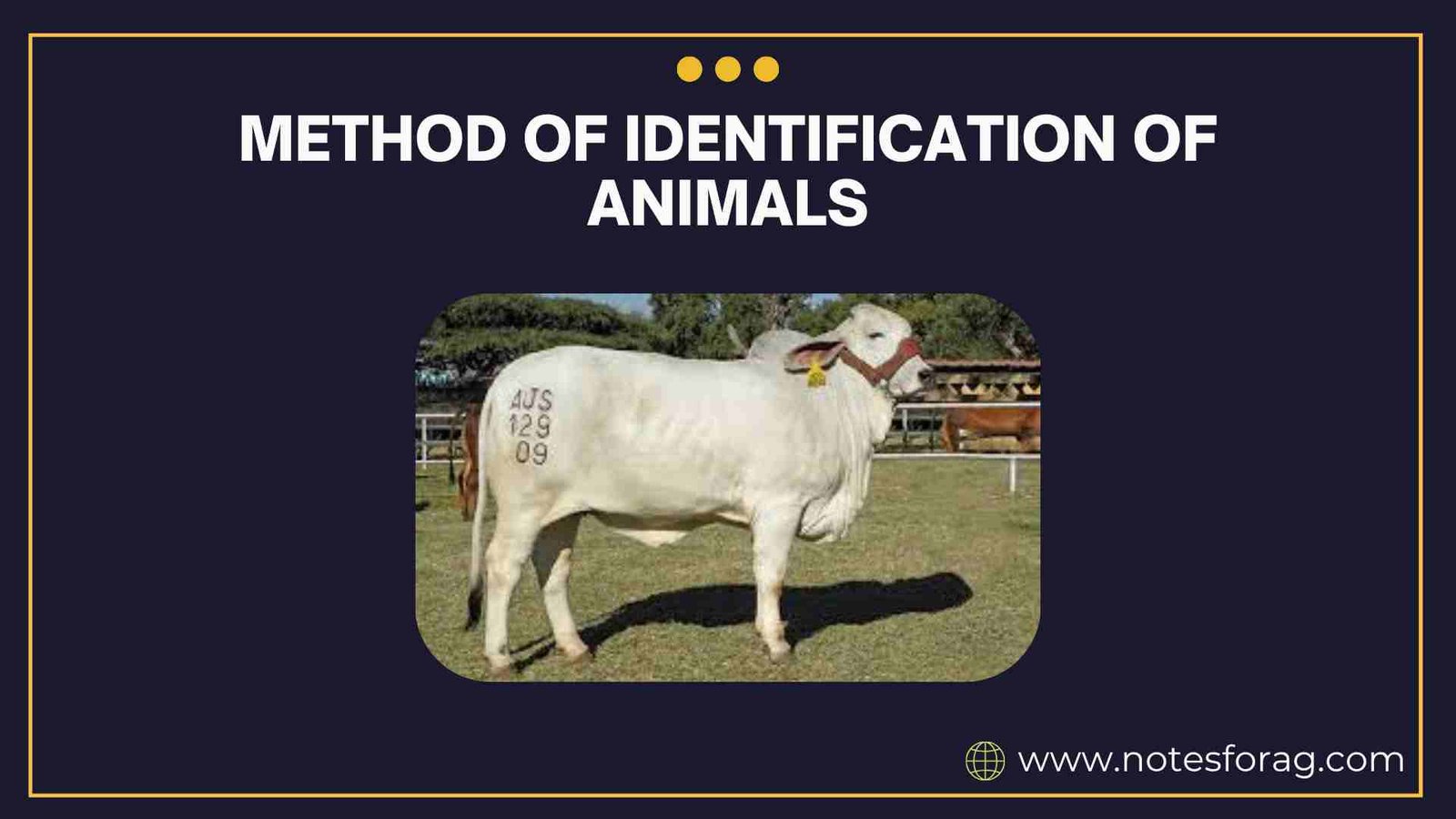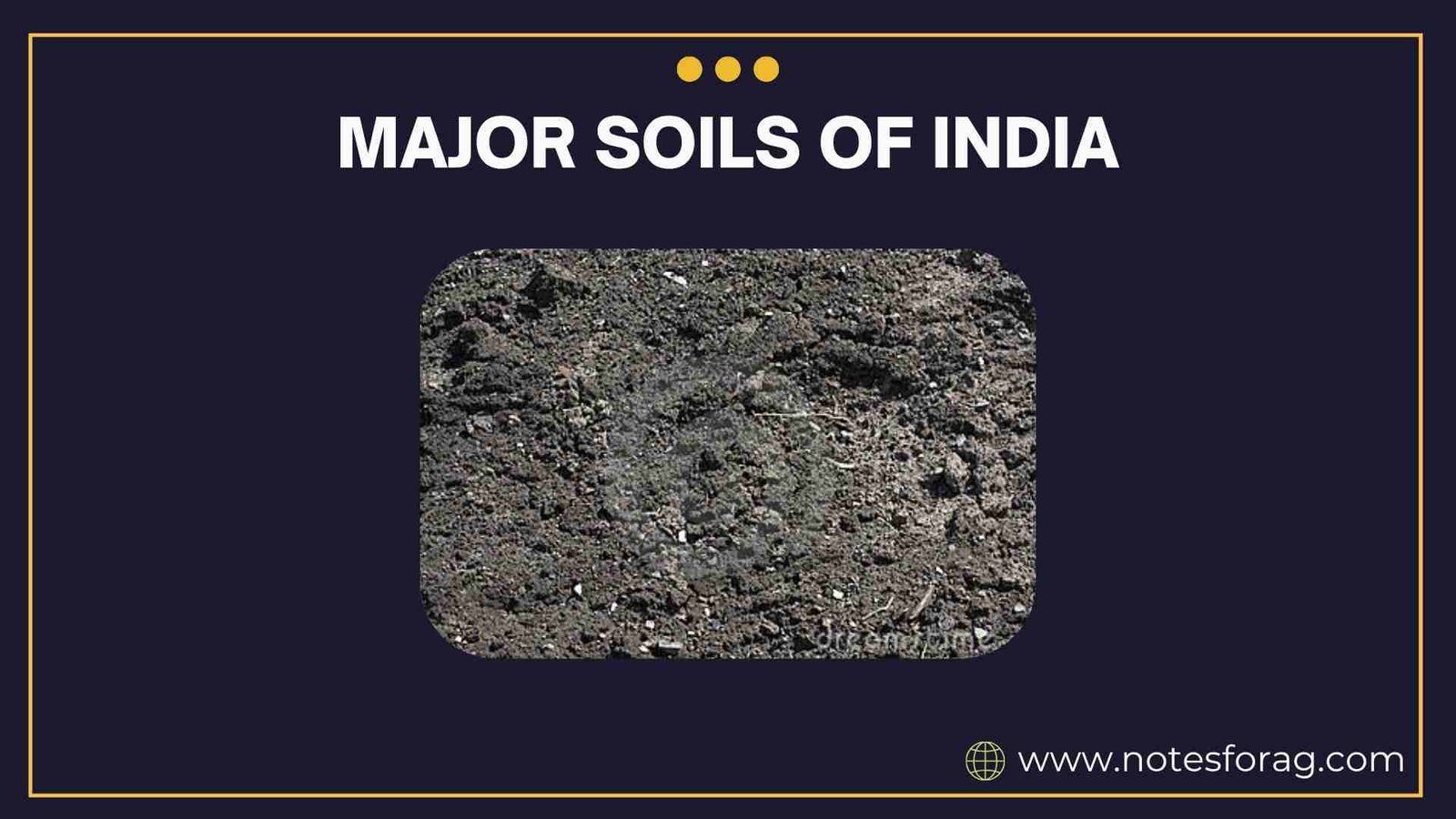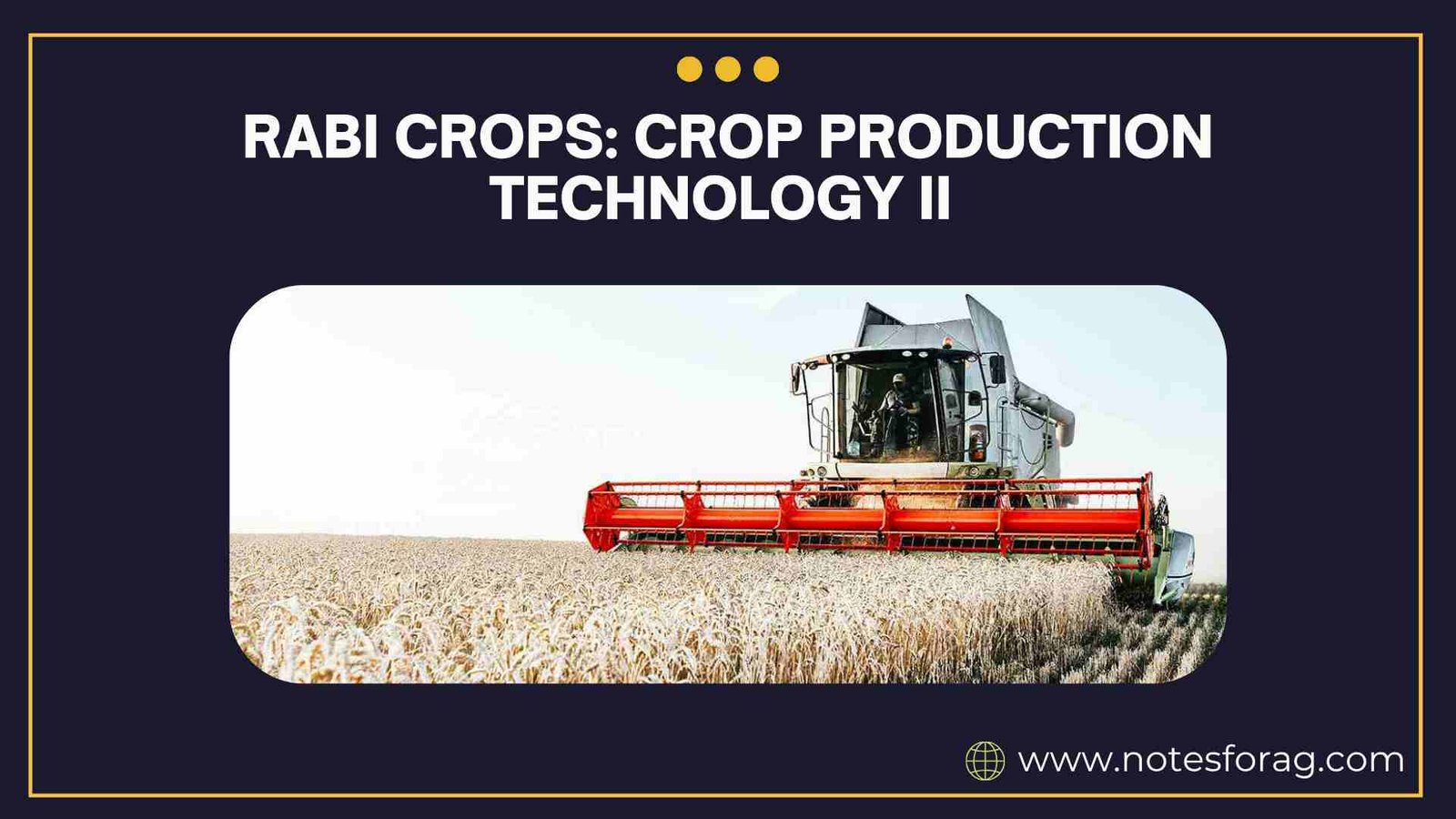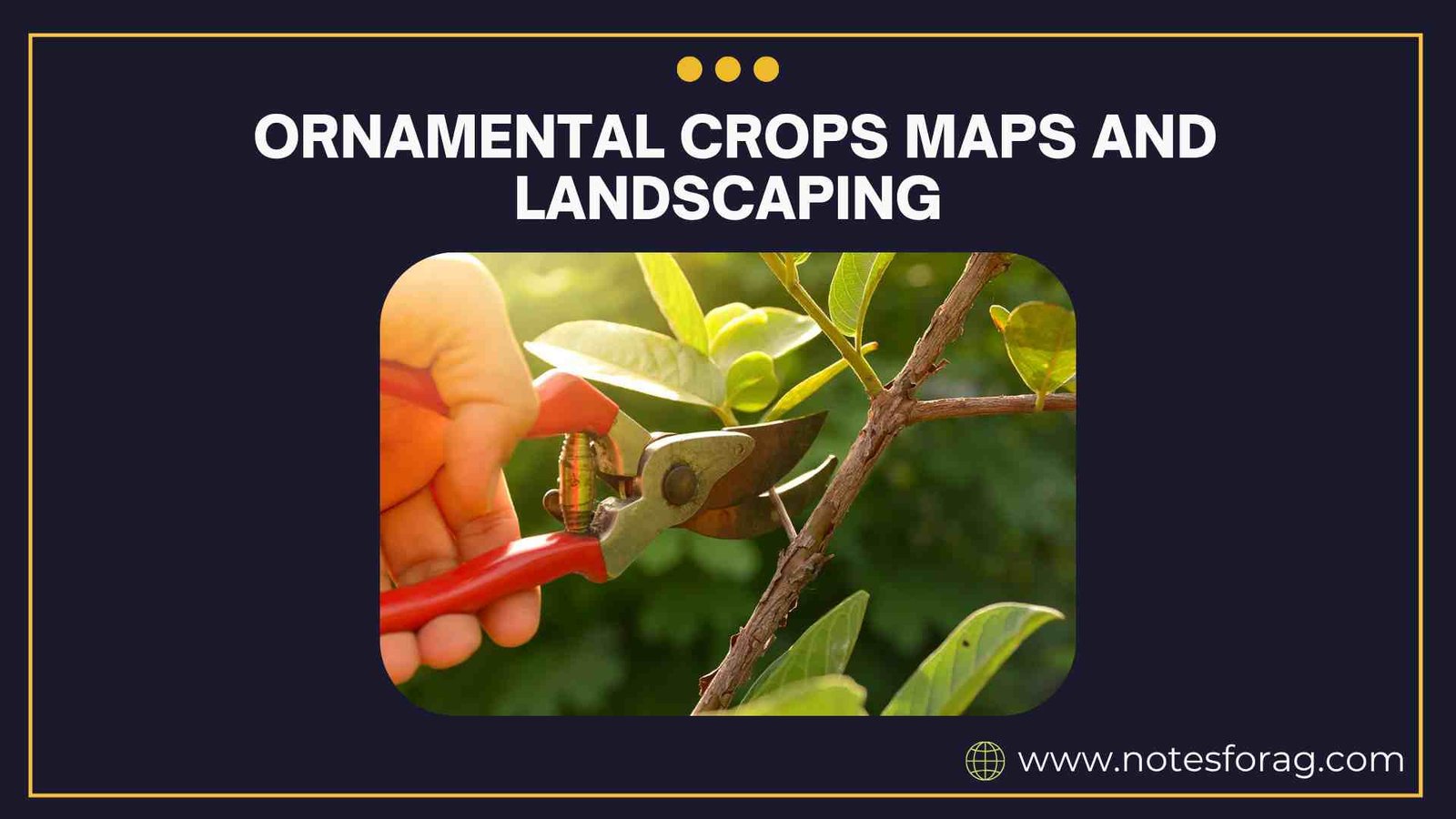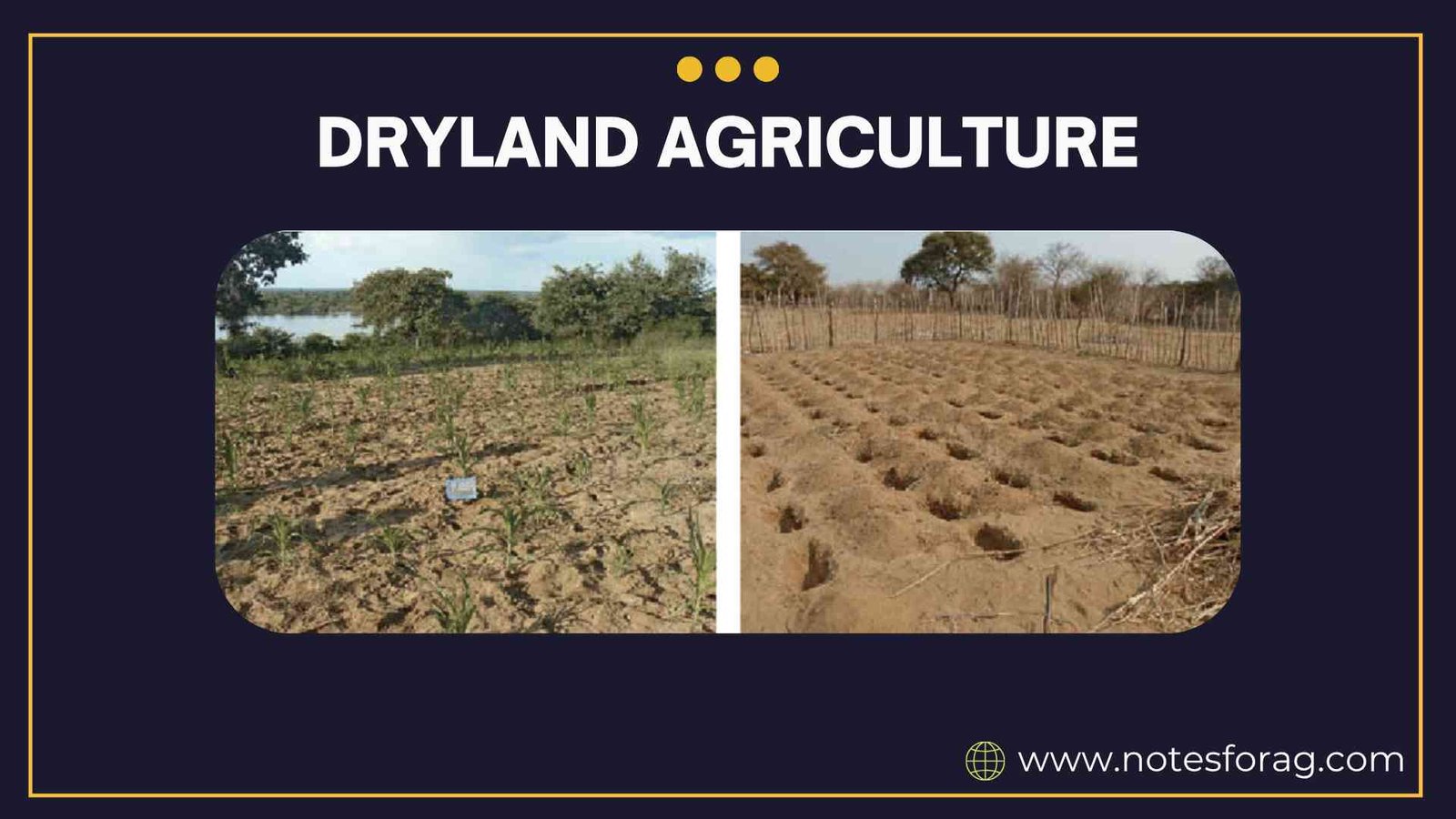Environmental studies and disaster management
Introduction Environmental Studies and Disaster Management is a comprehensive field of study that combines the understanding of environmental systems with the processes of preparing for, responding to, and recovering from disasters. It aims to equip individuals and communities with the knowledge and tools necessary to maintain ecological balance and manage hazards effectively. This subject has … Read more

